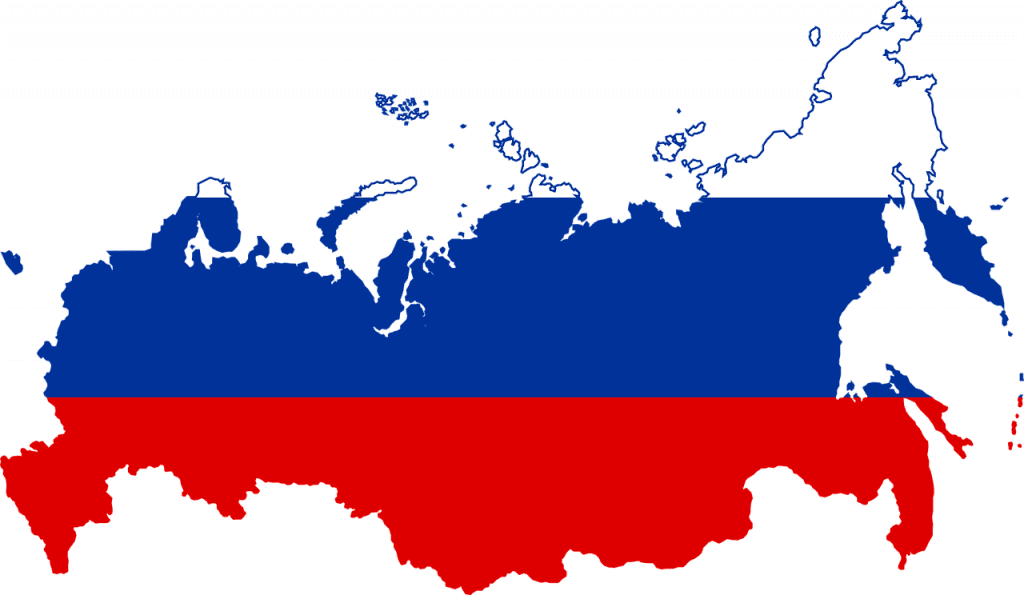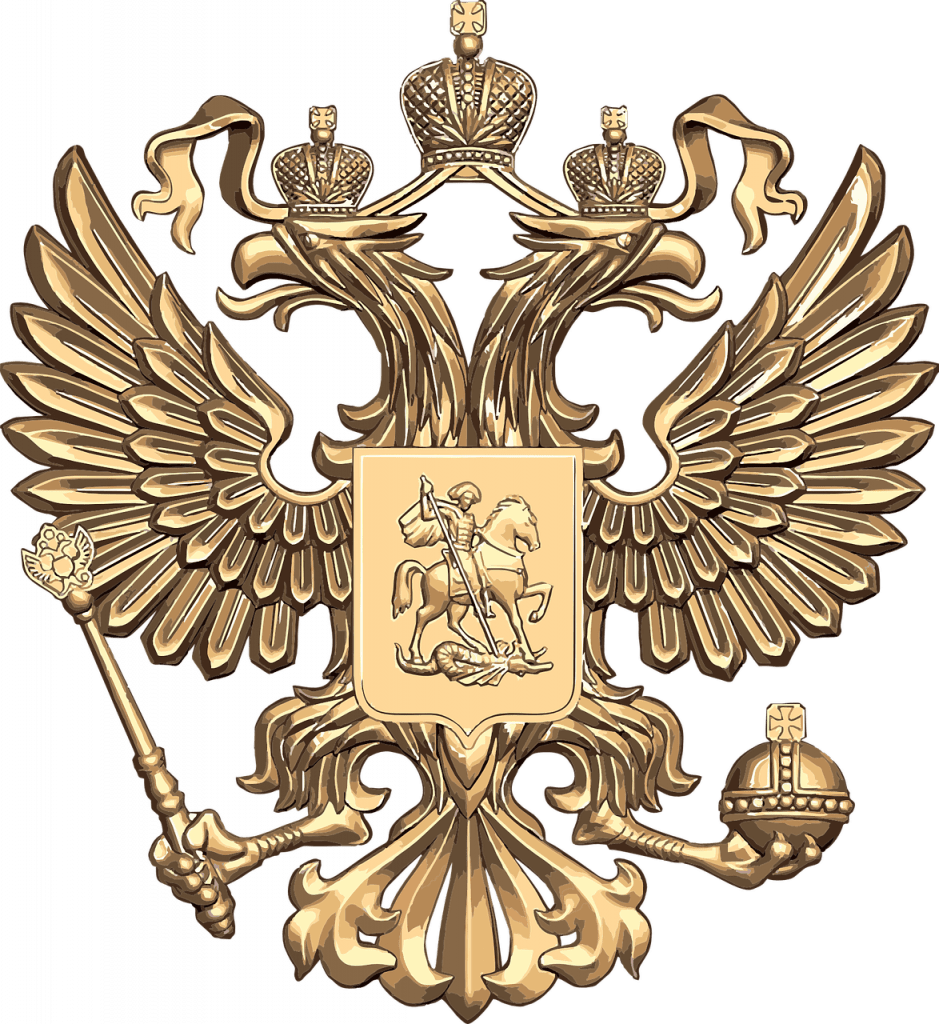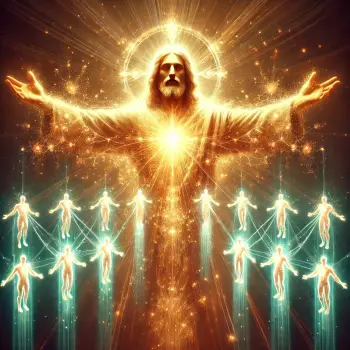The very recent missile exchange between Hamas and Israel has prompted renewed interest in biblical prophecy, as did the pandemic, which I wrote about last year. One popular speaker recently declared that Gog and Magog, prophesied about in Ezekiel 38-39, will attack Israel, whether in this current conflict or another. Who is this ominous force north of Israel, and will this prediction soon come to pass?

Gog and Magog: Past Predictions about Russia
Actually, Gog and Magog predictions are nothing new. A generation ago Ronald Reagan once said at a dinner speech in California that “Biblical scholars have been saying for generations that Gog must be Russia. What other powerful nation is to the north of Israel? None.”[1]
Russia is often named as the prophetic Gog and Magog that will attack Israel and be destroyed by God according to Ezekiel 38-39. Although the Bible never actually says this end-time enemy is Russia, dogmatism runs rampant. In the past, provoking titles such as The Coming Russian Invasion of Israel, by Thomas S. McCall and Zola Levitt, and Russia Will Attack Israel, by Ray Comfort, made the speculation seem like indisputable fact.
Author of the famous Left Behind series, Tim LaHaye, once wrote that “Russia is unquestionably the nation identified in the prophecies of Ezekiel 38 and 39.”[2] William Goetz, author of the bestseller Apocalypse Next, claimed that Russia’s attack on Israel “is not a question of if, but when.”[3] Some even ventured to establish exactly “when” this would all take place: 1983 and 1999 were suggested.[4] We can now look back at those dates knowing that no such predictions took place.
After the communist Soviet Union disbanded, things seemed to simmer down. More recently Muslim nations were rumored as Gog and Magog. And now, an alliance with certain Islamic nations and Russia seems to be picking up steam, as a number of searches on the web reveal. Russia has become the enemy once again for many Americans due to hackers sabotaging our pipeline, among other events during the past several years, real or imagined. It seems that almost any nation or group of nations that rises to power and is hostile towards Israel (or America) can become suspect for being identified as, or associated with, Gog and Magog. What is the true identity of Gog and Magog and their cohorts?
Problems with Russia and its Cohorts as Gog and Magog
Let’s first examine why Russia is not Gog and Magog. Ezekiel 38:2 names the main minions of Gog and Magog as Rosh, Meshech, and Tubal. These do not stand for Russia and two of its cities.
First, Rosh does not mean Russia. It is not an older form of the word Russia. Rather, the term stands for “chief” or “prince” in Hebrew. Russia is derived from the term Rus, a word originating with the Middle Age Vikings from the northern Black Sea. It originally meant “seafarers” or “rowing.”
Second, Meshech and Tubal are not Russian cities. They are often falsely identified with the cities of Moscow and Tobolsk. Ancient sources attest through Josephus, Herodotus, and cuneiform inscriptions that these names are associated with Mushku and Tabal in Anatolia, according to Paul Boyer.[5]
Third, other invaders, who accompany Gog are Gomer and Togarmah (Ezek 38:6), are not Eastern European nations. These were once said to be East Germany and the other Eastern Bloc nations. Now that communism has collapsed in Eastern Europe, little mention is made of the two. Actually, Gomer and Togarmah trace back to the Cimmerians, a group that originally lived near the Black Sea but apparently died out in the area of Hungary by 500 B.C.E.[6]
What about Persia, Cush and Put, which some interpret as Iran, Ethiopia and Libya? These names are best understood as symbolic for nations from the far ends of the earth (see “Problems with Interpretation” below).
Ancient Gog and Magog
The fact that Gog and Magog are north of Israel does not indicate they are coming from Russia. Geographically, the hordes of Gog would come from the north because this was the way most of Israel’s enemies invaded—through the Fertile Crescent along the Euphrates River. The Babylonians, for instance, were a northern threat from “a distant land” in prophetic discourse (Isaiah 39:3; Jeremiah 5:15; 6:22; 50:41).
Josephus called Gog and Magog the Scythians (Antiquities 1.6.1). This group was later understood as the Goths, who sacked Rome in the 5th century A.D.[7] The Goths then migrated west and were destroyed in Italy and Spain. There thus seems to be no modern nation with clear ancestry directly traceable to the original Gog and Magog.
Problems with Prophetic Interpretation
We also run into major difficulties if we interpret Gog and Magog’s attack in a strictly literal sense, and then attempt to connect the people, groups, and events to our day and age, as is sometimes done by uninformed readers of Scripture. 
If we read the text this way, do we honestly think Russia would invade Israel with horses, spears, and wooden bows and arrows, as in Ezekiel 38:15; 39:3, 9-10, 20? Previous prophetic pundits convoluted the issue by claiming the Russians have made new weapons out of a wooden product so-called lignostone to evade radar detection. Even if this were true, it still doesn’t explain the horses, or the spears, war clubs, and bows and arrows that will be used for fuel for several years, according to the prophecy.[8] It is purely comical to think that Russian generals or other modern day military leaders would have their forces battle with ancient weapons. And if figurative or symbolic interpretation is accepted for such weapons, on what basis can one consistently make the named enemies and conflict itself literal instead of symbolic?
Another problem is that the only other prophetic mention of Gog and Magog attacking God’s people in the Bible is found in Revelation 20. For those who insist on reading prophecy and apocalyptic literature in a literal sense (an unwise hermeneutic for this genre, might I add), this event is routinely read as taking place 1,000 years after the Second Coming of Jesus. Not exactly in our lifetime!
It is perhaps best to understand Gog and Magog as symbolic for various enemies who attack God’s people. This makes sense when we realize that the prophetic doom of Israel’s enemies is described in Ezekiel 25-32. The hordes of Gog and Magog become the last enemies of God’s people.
If we read Ezekiel 32:21 to 39:29 in one sitting, it becomes evident that these chapters depict Israel as regenerated (Ezek 36), and their Messiah is symbolically portrayed as King David, who leads them (Ezek 37:24–28). The people of God dwell safely in unwalled cities because the Lord has established a covenant of peace with them (Ezek 38:7-8, 11, 14; compare 39:26). This is said to take place in the latter days (Ezek 38:8). Notice that such a reading–that is, if interpreted in some sort of a futurist sense–seems to take place after the Messiah is already presently reigning. The same appears to be the case in Revelation 20.
Notes
[1] Quote from Paul Boyer, When Time Shall Be No More (Cambridge, Mass.: Harvard University Press, 1992), p. 162.
[2] Tim LaHaye, “Will God Destroy Russia?” in Storming Toward Armageddon: Essays in Apocalypse, ed. William Terry James (Green Forest, Ark.: New Leaf, 1992), p. 259.
[3] William Goetz, Apocalypse Next: Updated (Cathedral City, Calif.: Horizon Books, 1981), p. 126.
[4] E.g., C. S. Lovett, “Is Russia About to Invade Israel?” Personal Christianity, January 1981, p. 2l; Jack Van Impe, “1999? Global March to Israel,” Perhaps Today, May-June 1993, pp. 3-7.
[5] Boyer, When Time Shall Be No More, p.69.
[6] Edwin Yamauchi, Foes from the Northern Frontier (Grand Rapids, Mich.: Baker Book House, 1982), pp. 24-29.
[7] See J. Paul Tanner, “Daniel’s ‘King of the North’: Do We Owe Russia an Apology?” Journal of Evangelical Theological Studies (September 1992): pp. 322-26.
[8] Cf. Yamauchi, Foes from the Northern Frontier, pp. 22-23.
For more prophetic sobriety (including an earlier interpretation of this subject), see my book, 99 Reasons Why No One Knows When Christ Will Return.
Image 1: Border Country Map via pixabay.com; Image 2 Coat of Arms Russia via pixabay.com

















